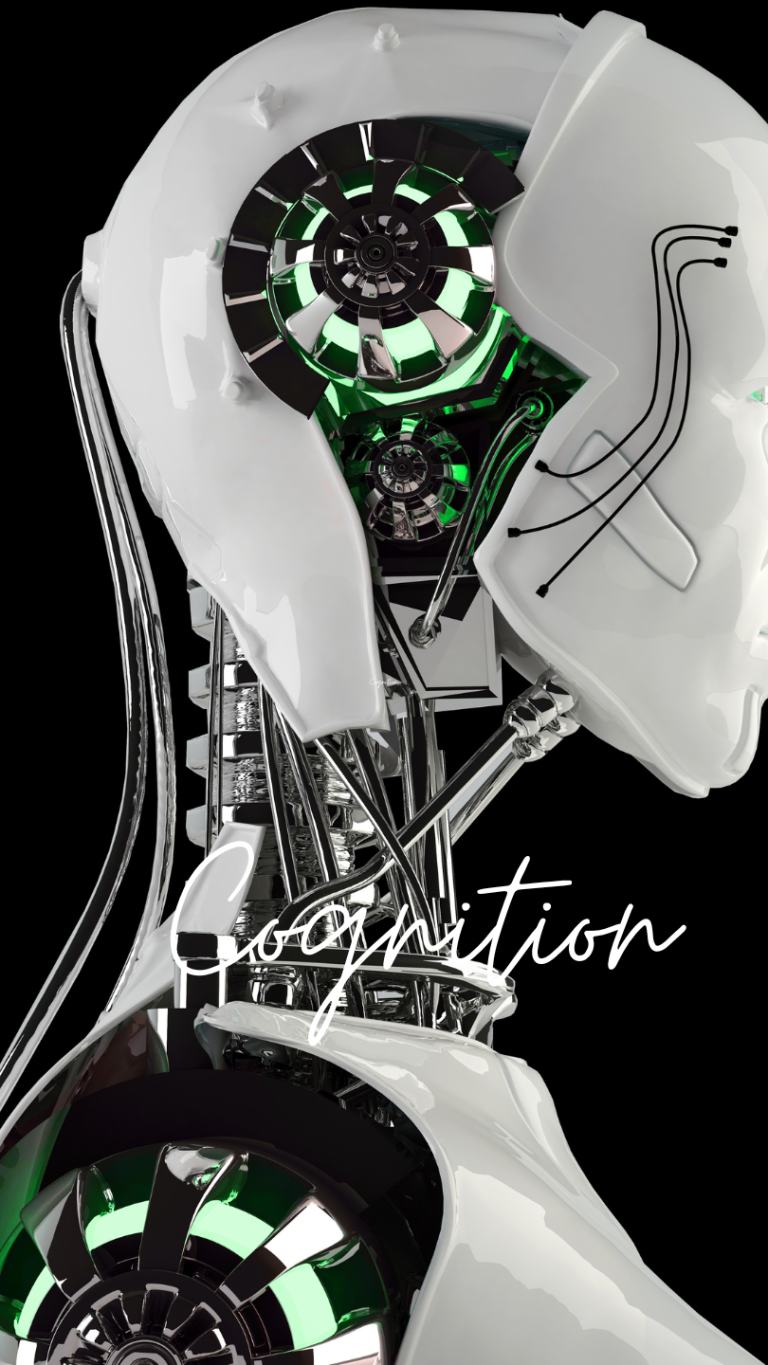Cultural and Linguistic Diversity in the Pakistani Education System
Pakistan is a country rich in cultural and linguistic diversity, with a multitude of languages, ethnicities, and traditions. This diversity is both a source of strength and a challenge within the education system, where efforts to promote inclusivity and preserve cultural heritage must be balanced with the need for national cohesion and standardized education. Understanding and addressing the complexities of cultural and linguistic diversity is essential for building a more inclusive and equitable education system in Pakistan.
1. Multilingual Society:
Pakistan is home to a diverse array of languages, with Urdu serving as the national language and English as the official language of instruction. However, the linguistic landscape of Pakistan is characterized by a multitude of regional and minority languages, including Punjabi, Sindhi, Pashto, Balochi, Saraiki, and others. This linguistic diversity reflects the rich cultural tapestry of the country but also presents challenges for education, particularly in areas where minority languages are predominant.
2. Importance of Mother Tongue Education:
Research has shown that mother tongue-based education is critical for promoting learning outcomes and academic achievement, especially in the early years of schooling. However, in Pakistan, the emphasis on Urdu and English as mediums of instruction often marginalizes students who speak minority languages at home. Providing education in students’ mother tongues can enhance their engagement, comprehension, and retention, ultimately contributing to improved educational outcomes.
3. Challenges of Standardization:
While promoting mother tongue education is essential for preserving cultural identity and promoting inclusivity, standardizing education across diverse linguistic contexts presents challenges. The need for a standardized curriculum and assessment system to ensure consistency and quality in education must be balanced with the recognition and accommodation of linguistic diversity. Efforts to develop multilingual education policies and flexible curriculum frameworks can help address these challenges.
4. Inclusive Pedagogies:
Inclusive pedagogies that embrace cultural and linguistic diversity are essential for creating a supportive learning environment for all students. Teachers should be equipped with strategies for accommodating diverse learning styles, linguistic backgrounds, and cultural perspectives in the classroom. Incorporating culturally relevant content, incorporating indigenous knowledge, and promoting intercultural dialogue can enrich the educational experience and foster respect for diversity.
5. Empowering Minority Communities:
Empowering minority communities through education is crucial for promoting social inclusion and equitable development. Efforts to preserve and promote minority languages and cultures in the education system can help empower marginalized communities and foster a sense of pride in cultural heritage. Providing access to education in minority languages, promoting bilingualism, and celebrating cultural diversity can contribute to a more inclusive and cohesive society.
6. Promoting Intercultural Understanding:
Promoting intercultural understanding and dialogue is essential for fostering social cohesion and harmony in a diverse society like Pakistan. Education can play a pivotal role in promoting tolerance, empathy, and respect for diversity among students. Intercultural exchange programs, multicultural curriculum content, and cross-cultural activities can help break down stereotypes, challenge prejudices, and build bridges across linguistic and cultural divides.
In conclusion, cultural and linguistic diversity enriches the fabric of Pakistani society and presents both opportunities and challenges for the education system. By recognizing the importance of mother tongue education, embracing inclusive pedagogies, empowering minority communities, and promoting intercultural understanding, Pakistan can build a more inclusive, equitable, and culturally responsive education system that celebrates diversity and promotes unity amidst diversity.




